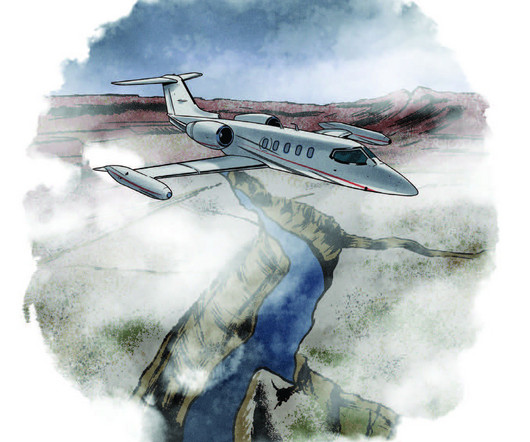From Twinjet to Glider: Varied Experience Comes in Handy in Unwanted Transition
Flying Magazine
JULY 3, 2025
Rudder trim fixes the yaw issue, but surprisingly we do not have a single caution or warning light. ForeFlight indicated we could reach there with a 900 fpm descent rate. The yaw from the asymmetrical thrust was now gone, and the rudder needed to be retrimmed. I told the controller we would keep going to Las Vegas.
















Let's personalize your content